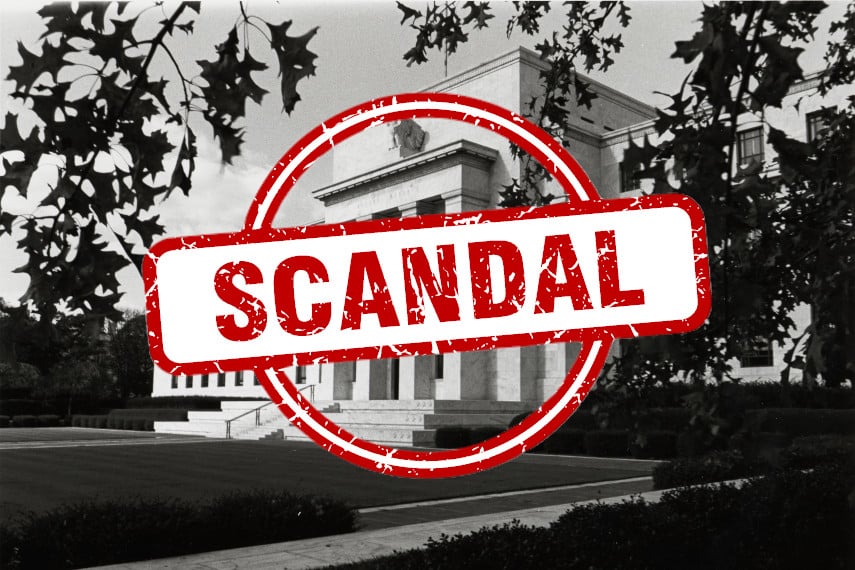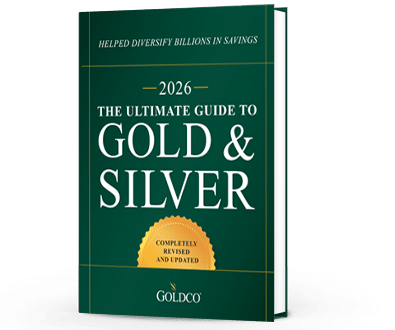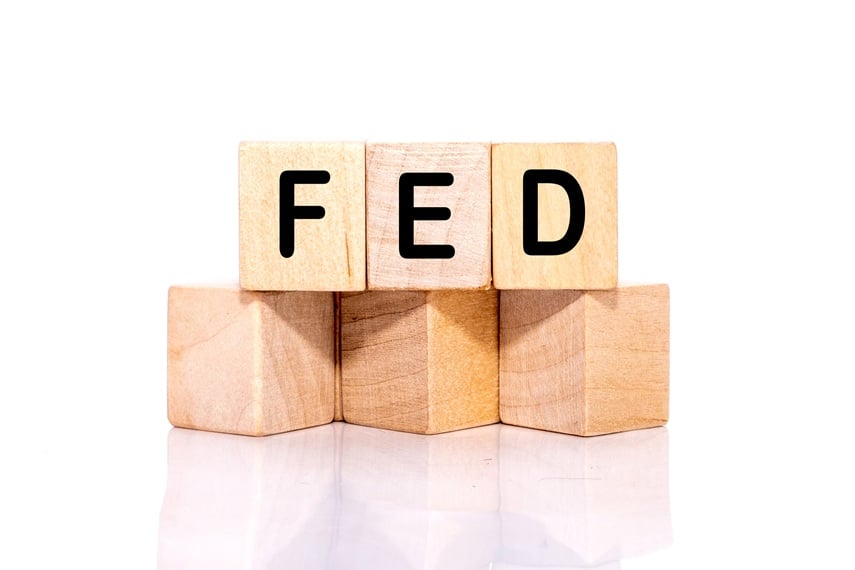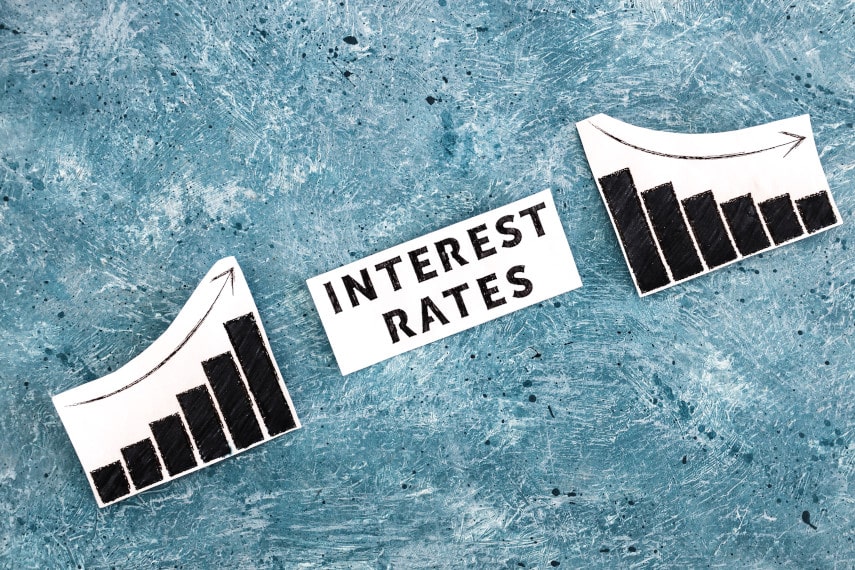
What had once seemed a tempest in a teapot has grown into a major scandal for the Federal Reserve System. Two Federal Reserve Bank presidents have already stepped down from their posts, another is in the crosshairs, two Governors of the Federal Reserve Board have also been targeted, and even Fed Chairman Powell is under the gun. And if Elizabeth Warren and her allies have their way, the impact on Fed monetary policy could be significant.
On the one hand, there will be tremendous pressure from the left to appoint new Federal Reserve Bank presidents who are dovish. On the other hand, the pressure on the existing Fed officials will grow to pursue an even looser monetary policy.
There is already speculation that Fed Chairman Powell may not be renominated to his post once his four-year term as Chairman is up. That leaves Fed Governor Lael Brainard as the likely replacement for Powell.
Powell’s demise is anything but guaranteed, however. He has been a largely reliable dove over the past couple of years, and he can certainly be seen as a reliable functionary willing to do the President’s bidding. But that won’t guarantee his survival. Brainard has an even more dovish reputation, and that may be just what President Biden wants.
The Future of Federal Reserve Monetary Policy
With such potential for upheaval at the Federal Reserve Banks and on the Fed’s Board of Governors, it’s hard to say exactly what the Fed’s monetary policy will look like next year. One thing is certain, however. The pressure on the Fed to continue easing its monetary policy will not let up.
The Fed has more than doubled the size of its balance sheet since last year, to over $8.5 trillion. But apparently over $4 trillion in monetary creation just isn’t enough for the Biden administration. After all, with another multi-trillion dollar spending bill in the works, the administration has to come up with money somehow. It can’t raise taxes too high, and it can’t dump trillions of dollars of new debt into bond markets without risking a spike in interest rates. So the Fed is going to have to jump in and help.
The departure of some of the more hawkish members of the Fed could be just what the Biden administration wants. Dallas Fed President Kaplan was certainly on the more hawkish side, and the two Fed Governors under scrutiny, Clarida and Quarles, are both Trump appointees. Powell was appointed to the Board by Obama, but was named Chairman by Trump. Now Biden has a chance to remake the Board of Governors with his own picks, and name his own chairman.
We could very well be on the cusp of a revolution in Fed monetary policy, one that could have significant effects on the economy. While you don’t hear much about Modern Monetary Theory (MMT) anymore, a Brainard-led Fed would likely be far friendlier to MMT-type policies than previously.
One aspect that could change is that the Fed under Brainard could engage in yield-curve control, something that hasn’t happened since World War II. Under such a system, the Fed would commit to capping long-term Treasury bond yields at some certain level and then buy bonds in the market to keep interest rates capped.
That raises the specter of even more significant Fed intervention into bond markets, more monetary easing, and the potential to really mess up markets if the Fed ends up buying up significant amounts of long-term Treasury debt and keeping them out of the market. Remember that the Fed already owns nearly 25% of all outstanding Treasury debt held by the public. It’s not hard to imagine future Fed policies driving up this percentage even more.
Another $2 trillion in asset purchases would drive the Fed’s ownership of the Treasury market up to 33%, and another $4 trillion would drive it up to 42%. At that point, you would almost wonder why bother with keeping up appearances? The Treasury might as well just engage in all-out MMT at that point, printing money ad infinitum without bothering to use the Fed as a smokescreen.
How This Affects You
The upshot of all this is that higher inflation and loose monetary policy are here to stay. As much as the Fed may worry about rising inflation and want to start raising its target federal funds rate, the reality is that political pressure from the administration is going to push against those fears. And if there’s significant upheaval at the Fed, on the Board of Governors, and among the membership of the Federal Open Market Committee, the proponents of low rates and easy money could end up being victorious.
That means that you will have to deal with the possibility of annual inflation of 3-5% or more, far higher than you’ve had to deal with for decades. Just keep in mind that stock markets, as high as they are right now, have only averaged about 6% annualized growth since 2001. So increasing inflation could very likely make the real returns on your stock investments negligible over the long term.
If the Fed ends up intervening strongly in bond markets, it could result in shortages of bonds for investors, thus driving up prices. So even if you wanted to invest in something relatively safe like Treasury bonds, you might not be able to find any at decent prices.
But the major effect of a shakeup at the Fed could come in the form of persistent high inflation. Right now, the Fed is looking worriedly at inflation and thinking about tapering its monetary policy, and even at raising interest rates next year. If Powell gets jettisoned in favor of Brainard, you can forget about that. And 5% inflation could just be the minimum we would see under her chairmanship.
The Fed is facing a crisis that could mean the difference between a return to normalcy, albeit a slow one, and a turn towards permanent high inflation. Just imagine a decade like the 1970s, with double digit inflation, high unemployment, severe shortages, and stagnant stock markets. Now imagine that decade never ends, and just keeps going on for decades. That’s what we could face in this country if the revolution against the Fed succeeds.
Protect Your Retirement Savings
Years of 5% and higher inflation could particularly impact you in retirement, as inflation would continually take a bite out of the value of your retirement savings. And if you haven’t saved enough for retirement, that bite could really hurt you.
With high inflation possible well into the future if the Fed keeps its foot on the gas, investors will have to prepare themselves for that possibility. Many investors are looking back to the 1970s for insights in how to protect their assets, and that’s why many are turning to precious metals.
During the stagflation of the 1970s, gold and silver averaged annualized gains of over 30% for the decade, far exceeding even the highest rate of inflation. That offered precious metals investors the opportunity to continue growing their wealth even during a period in which stock markets faltered.
If gold and silver were to provide similar performance in the future, that could provide benefits to investors looking to build their wealth during a period of high inflation. We’re certainly seeing every indication that inflation is here to stay for quite a while, so now may be the time to start thinking about buying gold and silver, before inflation gets too bad. If you’re interested in buying gold and silver, contact the precious metals experts at Goldco to learn more about how gold and silver can benefit you and protect you against rising inflation.





